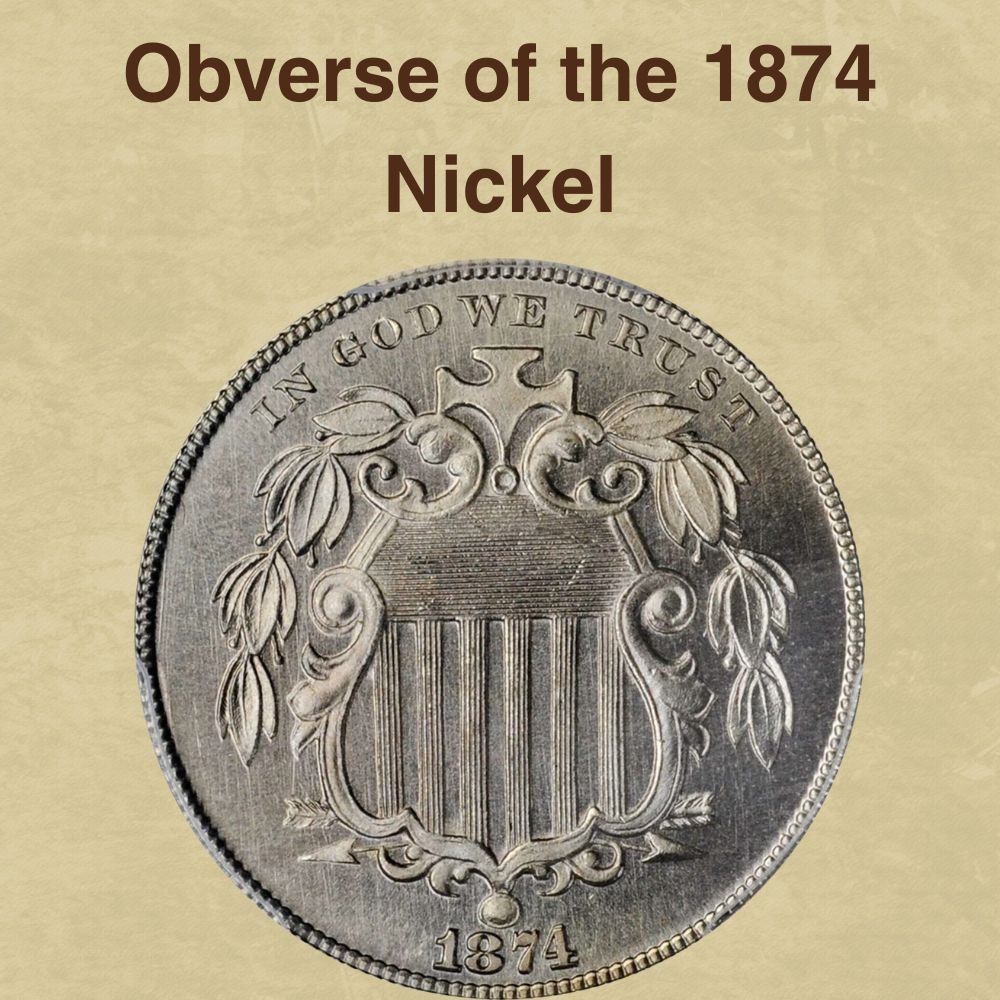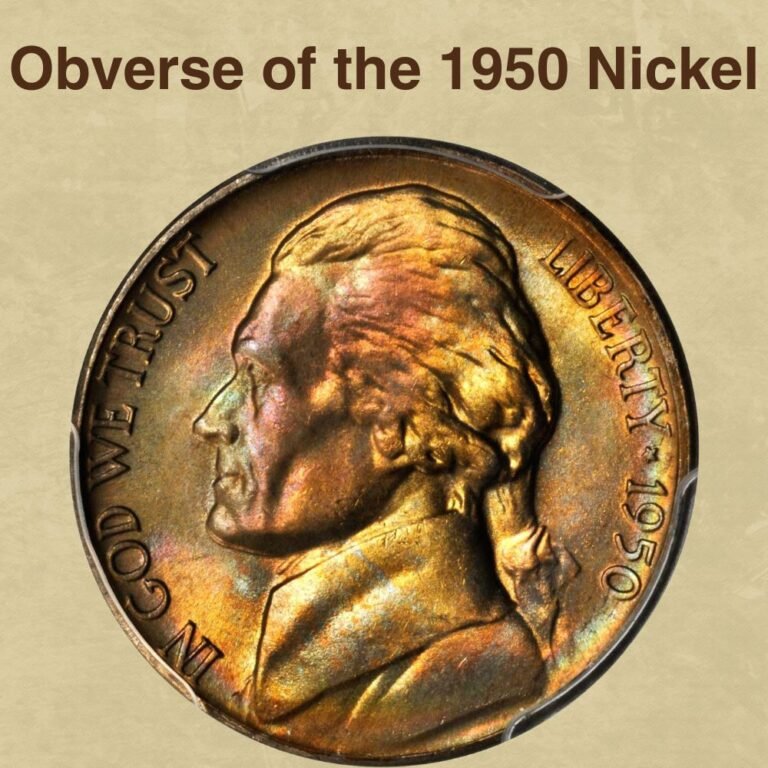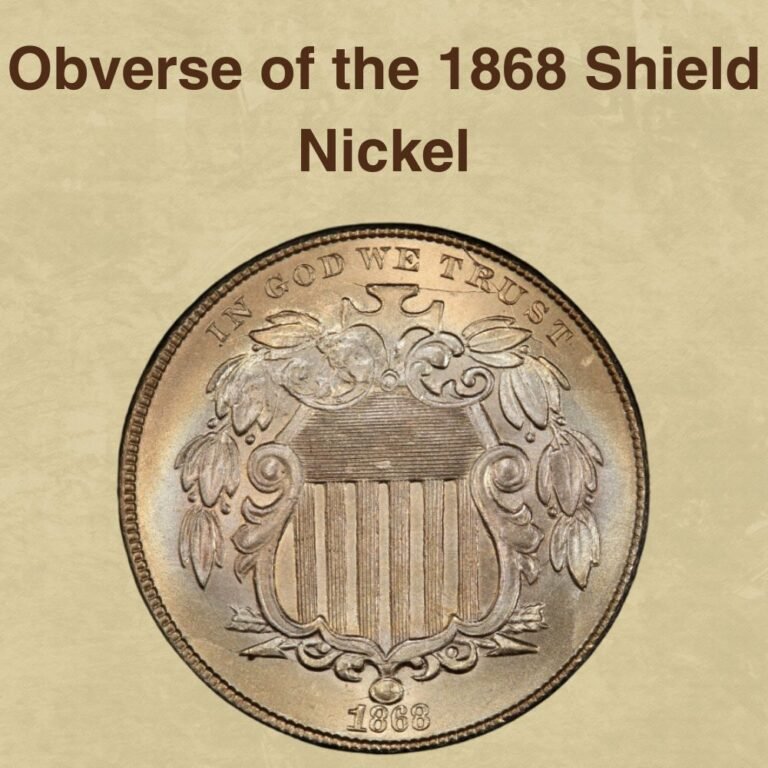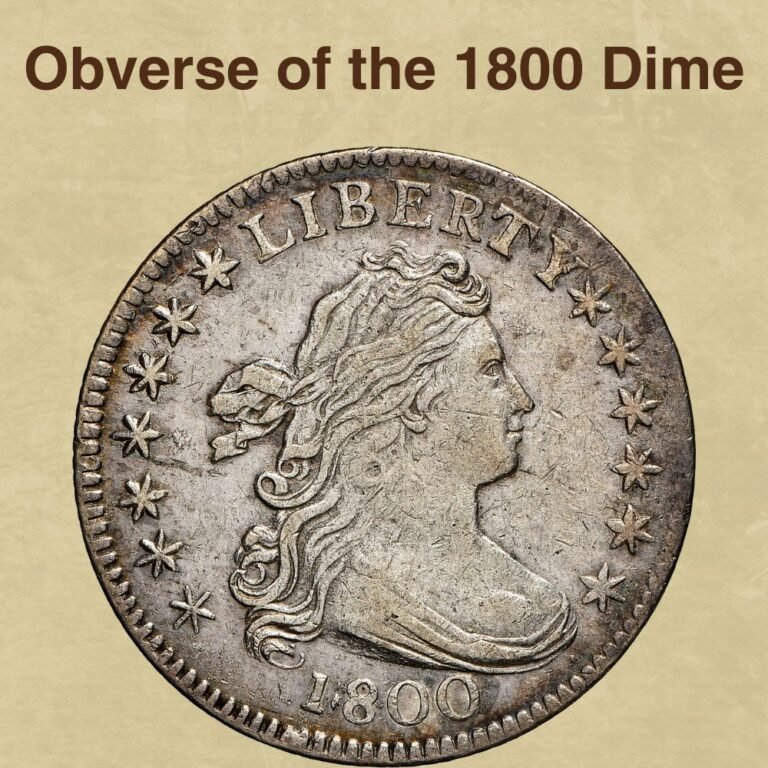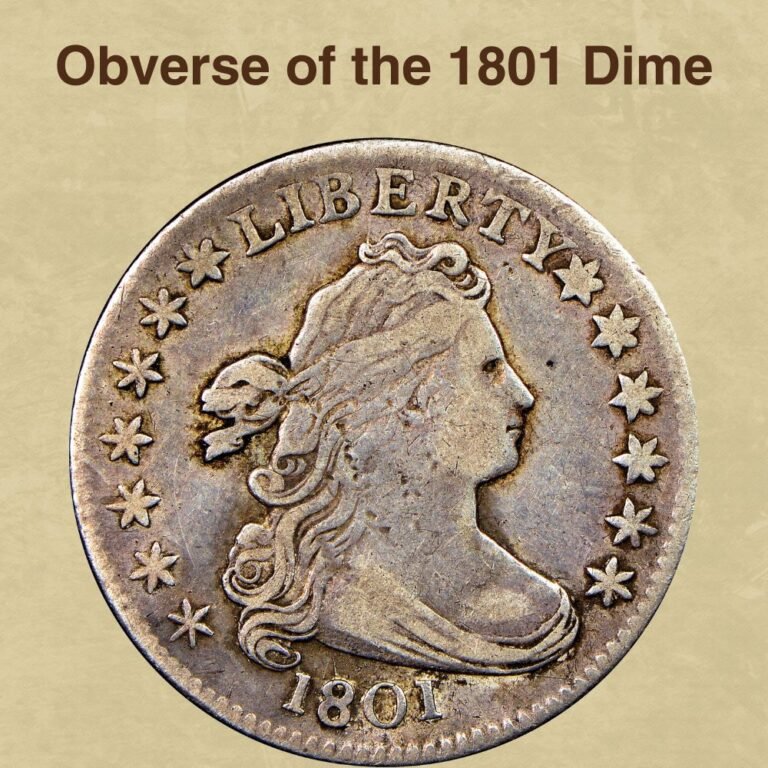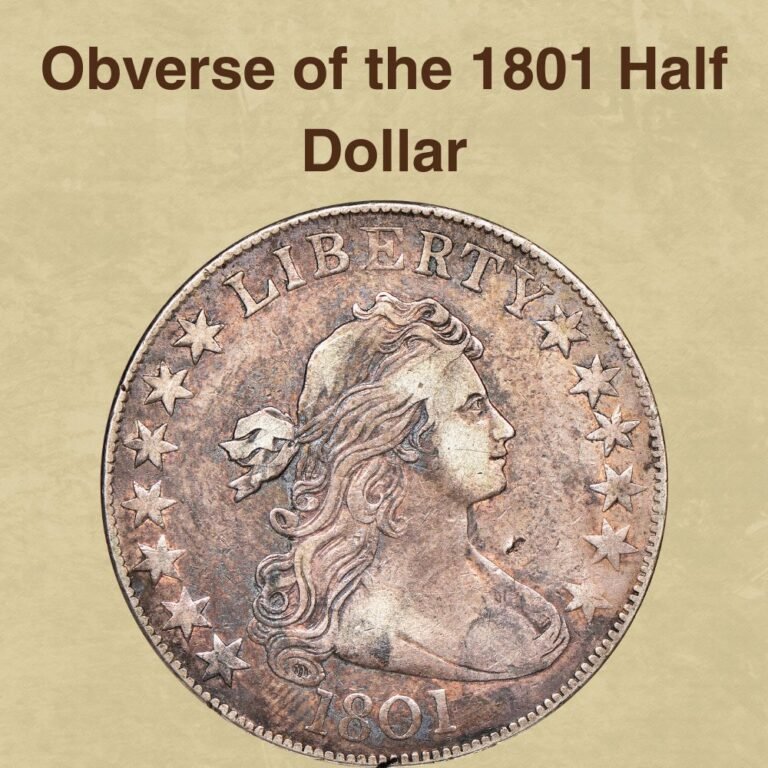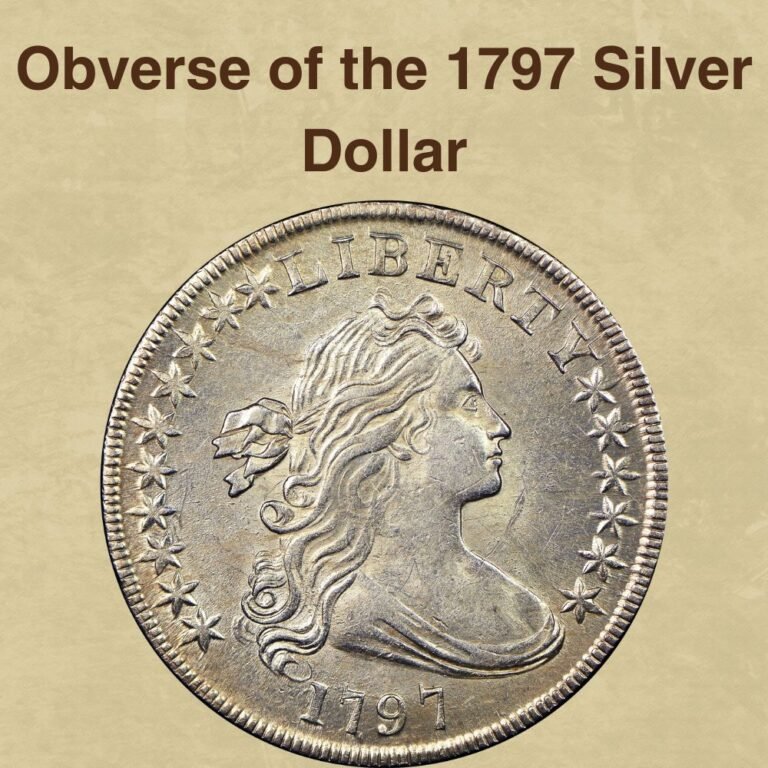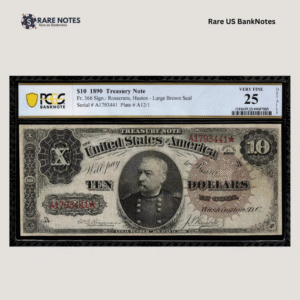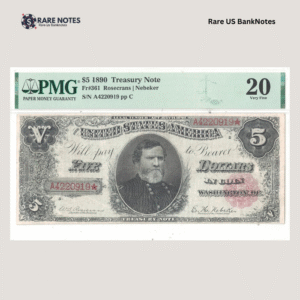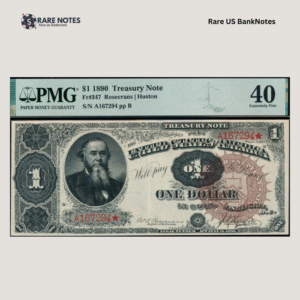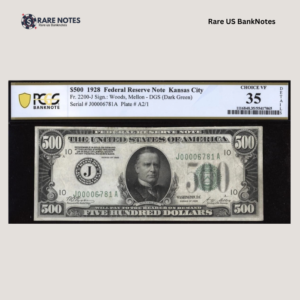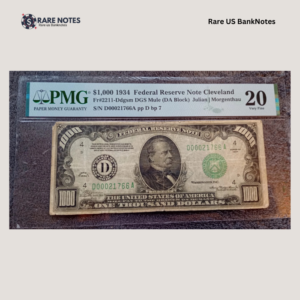Are you collecting Shield Nickels? Have you come across the 1874 issue and wonder whether it is worth any money? Our guide has all the answers you need about the 1874 nickel value!
We’ll reveal the real market value of the 1874 Shield Nickel, show you how to grade and authenticate your coin, and how to identify high-value Shield Nickels worth a spot in your collection. You will also discover minting errors that are worth good money.
Curious to find out just how much is a 1874 nickel worth today? Read on for all the details!
1874 Nickel Value Chart |
||||
| Mint Mark | Good | Fine | Extremely Fine | Uncirculated |
| 1874 Nickel Value | $45 | $90 | $150 | $6,000 |
| 1874 Proof Nickel Value | – | – | – | $3,000 |
History of the 1874 Nickel
The 1874 nickel is part of the Shield Nickel coin series struck by the United States Mint from 1866 to 1883. This wasn’t the first time the Mint had struck a five-cent piece; these coins, struck in silver, were minted as early as 1792 and were known as half dimes or half dismes. However, these and other American coins disappeared from circulation following the Civil War, and it was not until 1864 that Congress began restoring coins into circulation, including bronze cents, two-cent pieces, and three-cent nickels, among others.
Despite their immediate popularity, the new two-cent coins also vanished from circulation almost as soon as they had been restored. The following year, in 1865, Congress authorized the Mint to strike three-cent pieces made from 75% copper and 25% nickel to replace the elusive two-cent coins. This was followed by the production of a five-cent note in 1864, but this particular currency proved to be unpopular and was retired not long after its release into circulation.
Mint Director James Pollock, who was initially opposed to the striking of copper-nickel coins, became a strong advocate of producing copper-nickel five-cent pieces to replace the unpopular five-cent note. Pollock prepared a bill to authorize the new five-cent coin, and the bill was passed without opposition in May 1866.
Mint Chief Engraver James B. Longacre had to prepare designs as soon as possible to allow the immediate production of the new five-cent pieces. While Pollock’s bill was still in Congress, Longacre had already begun preparing pattern coins based on the two-cent piece design he had created years earlier, which made it possible to design the new five-cent pieces quickly. He changed the two-cent design by moving the crossed arrows to the bottom of the shield, adding a cross at the top of the shield, and removing the scroll with the inscription IN GOD WE TRUST.
Longacre’s design remained mostly the same until it was replaced by the Liberty Head design. The only time the design changed slightly was in 1867 when the rays on the reverse were eliminated to minimize some of the problems the Mint had when producing this coin.
The 1874 issue is common but offers one of the best values in the entire Shield Nickel series, making it an excellent addition to your classical coin collection.
Also read: Top 10 Most Valuable Nickels Worth Money
Features of the 1874 Nickel
Before we can find out how much a 1874 nickel is worth, let’s look at the standout features that can help with grading and authenticating your coin. Knowing these features can also help you identify high-value Shield Nickels worth collecting.
Here’s what to look out for:
Obverse of the 1874 Nickel

On the obverse is a prominent shield design from which the coin gets its name. The top portion of the shield, also known as the “chief,” features horizontal lines that represent the federal government, while the lower part is composed of vertical lines that represent the states. The shield itself is a symbol of unity among the states under the leadership of the federal government.
Two crossed arrows protrude from behind the shield at the bottom—these are symbolic of victory, but also a readiness to defend the country. A cross at the top of the shield represents Divine authority, while the laurel leaves hanging on either side of the shield are representative of peace.
The inscription IN GOD WE TRUST is etched at the top along the rim, while the date is shown at the bottom. Denticles decorate the entire rim.
Reverse of the 1874 Nickel

On the reverse, there’s a bold number “5” at the center of the coin, which espouses the coin’s denomination as a five-cent piece.
The number 5 is surrounded by thirteen stars, which represent the first states to join the Union. The words UNITED STATES OF AMERICA are etched in an arc around the coin’s rim while the denomination, CENTS, is etched at the bottom.
Similar to the obverse, the reverse’s inner rim is decorated with many tiny denticles
Other Features of the 1874 Nickel
Additional features worth noting include:
- Diameter: 20.50 millimeters
- Weight: 5.00 grams
- Edge: Plain
- Metal Composition: 75% Copper, 25% Nickel
Also read: Top 17 Most Valuable Buffalo Nickel Worth Money
1874 Nickel Value Guides
Now, onto the big question: what is the 1874 nickel value? Are these coins worth collecting? The market value depends on the coin’s condition and its rarity. Minting errors and die varieties can also add to the coin’s value.
We’ll look at the two types of 1874 Shield Nickels:
- 1874 Shield Nickel
- 1874 Proof Shield Nickel
Let’s find out how much each is worth:
1874 Shield Nickel Value

The Philadelphia Mint struck 3,538,000 shield nickels in 1874, almost a million coins less than the 1873 mintage. Over the years since the shield nickel was struck in 1866, the mintages seemed to drop off steadily, so the 1874 issue is not as common as the high mintage dates of 1866, 1867, 1869, and so on. The strike quality of 1874 nickels varies, but many survivors display a weak strike on both sides of the coin.
Here’s a breakdown of the value of the circulation strike 1874 nickels:
- Circulated Examples: These are common in all grades and can be easily added to your collection at a reasonable price. In Poor/Average condition, examples can sell for as much as $30 and up to $45 in Good (G) condition. Fine (F) examples are worth at least $90, while Extremely Fine (XF) ones can fetch up to $150. About Uncirculated (AU) examples are relatively scarce but still collectible, with examples in AU58 selling for at least $260.
- Mint State Examples: Uncirculated examples are moderately scarce but still affordable, especially in lower grades. Most examples are graded MS63-MS64. In MS60, examples are worth about $285 and as much as $350 in MS2. In MS63, survivors can fetch as much as $500, while MS64 examples are worth at least $975. Gems graded MS65 are genuinely scarce, and any higher examples are rare, as is reflected by the rising prices. In MS65, specimens command as much as $1,750 while MS66 examples are worth at least $6,000.
- Auction Record: In a record-shattering auction in 2023, a collector on eBay paid a remarkable $15,000 for an MS68, making this the most valuable recent example of a 1874 nickel.
1874 Proof Nickel Value

An estimated 700 proof nickels were struck in 1874, and according to trusted numismatic records, a large percentage of these special strike nickels survive today. The Professional Coin Grading Service (PCGS) alone has certified more than half of the 1874 proof shield nickels.
So, how much is a 1874 proof nickel? Here’s what to expect:
- Regular Proofs: Most survivors are graded as regular proofs, with the majority qualifying as PF64. These proofs offer great value in all grades and are accessible to most collectors. For example, in PF60, specimens are worth about $230, while PF63 examples can sell for as much as $385. In PF64, where the majority of survivors fall, prices range between $500-$550. Prices shoot up to $1,500 for rare specimens graded PF66 and as much as $3,000 for PF67 examples. In 2011, Heritage Auctions sold a PF67 for an impressive $6,613, one of the most valuable examples.
- Cameos: About 10% of the certified examples are graded as cameos and fall between PF64 and $PF67. In PF64, examples sell for up to $650, with the prices doubling to $1,200 for rare specimens in PR66. In MS67, survivors can command at least $5,000. One of the nicest examples graded PF67+CAM was auctioned for a record-breaking $10,800 in a 2019 Heritage Auctions sale.
- Deep Cameo: These are extremely rare and only two examples are known to date. One example graded PF65 is valued at $3,00 while the other, graded PF66, was sold by Heritage Auctions in 2004 for a record-shattering $12,650.
Also read: Top 17 Most Valuable Jefferson Nickels Worth Money
1874 Nickel Grading
Grading a 1874 shield nick involves checking the coin for wear on high-contact points and examining the surface quality. Keep in mind that most survivors display a weak strike, so don’t downgrade a coin based solely on flatness—check for other features such as breaks in the luster and signs of surface damage.
On the obverse, the high contact points include the tip of the cross above the shield, the horizontal lines, laurel leaves, and the motto IN GOD WE TRUST. On the reverse, check for wear on the number 5 and stars.
If you see a weak shield outline, flatness on the motto, extensive wear on the laurel leaves and cross, and weakness on the number 5 and stars on the reverse, the coin is probably Good (G) to Fine (F). Bolder details and more visible outlines point to a grade Fine (F) to About Uncirculated (AU). Mint State (MS60+) examples display crisp details, full mint luster, and little to no surface damage.
Check out this video for more amazing tips for grading Shield Nickels.
Rare 1874 Nickel Errors List
Numerous errors show up in the Shield Nickel series, including on the 1874 issue. But, only a few of these minting errors and die varieties are of any interest to collectors and are deserving of a spot in your collection.
Let’s look at the 1874 nickels worth collecting:
1. 1874 Nickel Doubled Die Obverse Error

A doubled die error occurs when the die strikes the planchet multiple times at slightly different positions. This causes visible doubling or a ghost outline around the design elements and/or on the numeral and inscriptions. Depending on the visibility of the doubling, this error is worth $10-$100 or more. In a 2008 sale, an eBay collector paid $350 for an MS60 with a doubled die obverse error.
2. 1874 Nickel Re-Punched Date Error

A coin with a re-punched date will show doubling on one or more of the date digits. This results from the date being punched into the working die several times at slightly different angles. When the die strikes the planchet, the date digits appear doubled. A re-punched date error can add $20 to $100 or more to your regular shield nickel.
3. 1874 Nickel Grease Struck-Through Error
Sometimes, foreign objects may come between the die and planchet during the striking process, obscuring the die from fully transferring the design elements or inscriptions onto the planchet. Examples of such objects include drops of grease, pieces of cloth, dust, wood specks, debris, and others. Due to a struck-through error, portions of the coin design may appear weak or distorted. This error can fetch as much as $30-$100 or more, depending on how dramatic an appearance it causes. In 2021, a collector paid $550 for a 1874 nickel graded MS63 with an obverse grease struck-through error.
Also read: 14 Most Valuable Nickel Errors Worth Money
FAQs
How much is a 1874 nickel worth today?
The market value of a 1874 five-cent nickel ranges between $30 and $260 for circulated examples and as much as $6,000 for Mint State specimens.
How do I know if my 1874 nickel is valuable?
If you come across a 1874 nickel that displays full mint luster with little to no surface damage, it is likely worth a premium. These Mint State and Gem survivors are genuinely rare and are the hallmark of a valuable shield nickel.
Is a 1874 nickel rare?
An 1874 shield nickel is rare only if it is in Mint State. Such a coin would have full mint luster, bold, crisp details on each side of the coin, and very few, if any, signs of surface damage. Circulated examples are common in all grades but can still be a valuable addition to any collection.
The post 1874 Nickel Coin Value: How Much Is It Worth Today? appeared first on CoinValueChecker.com.


